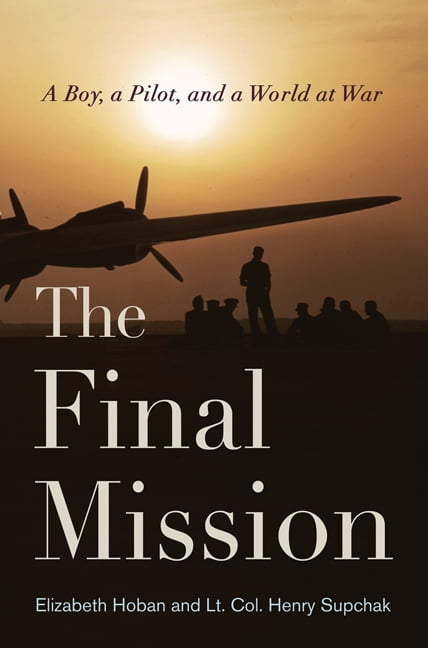

By the 1970s and 80s, an estimated 25 States were developing chemical weapons capabilities. The Cold War period saw significant development, manufacture and stockpiling of chemical weapons.

Poison gasses were used during World War II in Nazi concentration camps and in Asia, although chemical weapons were not used on European battlefields. Also problematic was the fact that many States that ratified the Protocol reserved the right to use prohibited weapons against States that were not party to the Protocol or as retaliation in kind if chemical weapons were used against them. While a welcome step, the Protocol had a number of significant shortcomings, including the fact that it did not prohibit the development, production or stockpiling of chemical weapons. Since World War I, chemical weapons have caused more than one million casualties globally.Īs a result of public outrage, the Geneva Protocol, which prohibited the use of chemical weapons in warfare, was signed in 1925. The results were indiscriminate and often devastating. Chlorine, phosgene (a choking agent) and mustard gas (which inflicts painful burns on the skin) were among the chemicals used. Such weapons basically consisted of well known commercial chemicals put into standard munitions such as grenades and artillery shells. The modern use of chemical weapons began with World War I, when both sides to the conflict used poisonous gas to inflict agonizing suffering and to cause significant battlefield casualties.


 0 kommentar(er)
0 kommentar(er)
